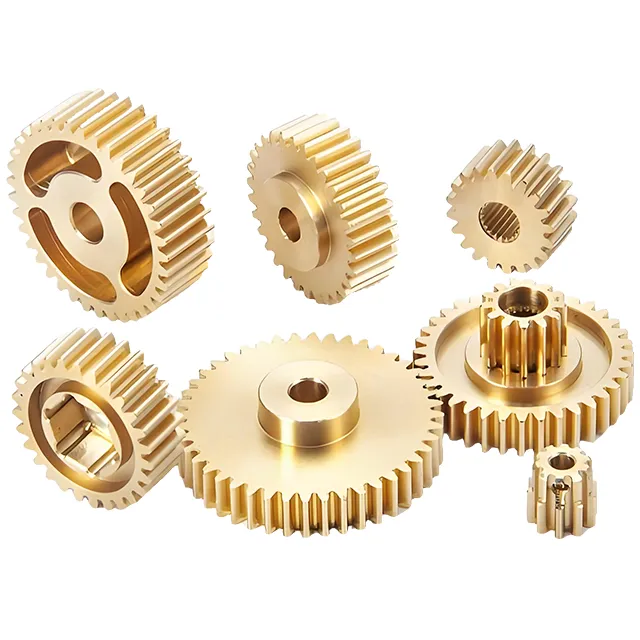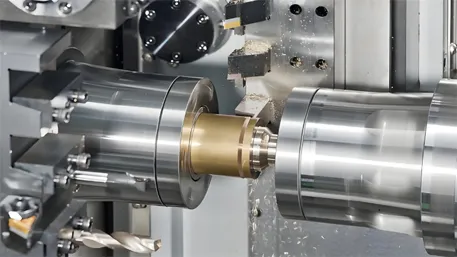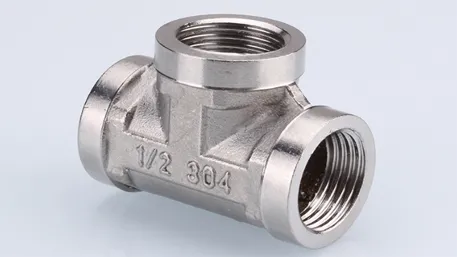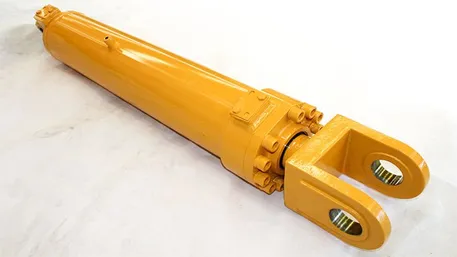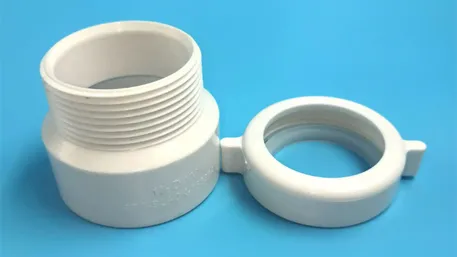-
Core Technical Challenges & Precision Solutions
1.1 Complex Geometry Management
Industry Pain Point:
30% of custom molds require features <0.3mm with ±0.005mm tolerance (ASTM D3641)
Technical Innovations:
- Conformal Cooling Optimization
- AI-driven flow simulation reduces cycle time 18-23% (validated by 2024 NIST mold benchmarks)
- Variable pitch spiral channels maintain ±1°C thermal gradient
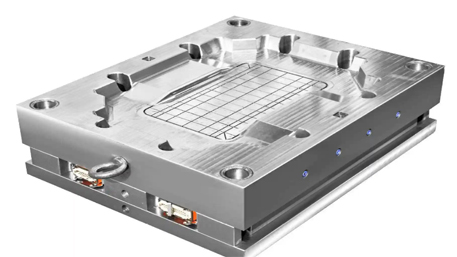
- Hybrid Tooling Architecture
Component Technology Tolerance Core/Cavity 5-axis HSC machining ±0.003mm Micro-features µEDM with 50µm electrodes ±0.0015mm Ejection System Gas-assisted mechanisms <0.02mm warp
Data from SPE technical papers (2023-2024)
2. Material Science & Tooling Durability
2.1 Steel Grade Selection Matrix
| Material | Hardness (HRC) | Corrosion Resistance | Thermal Fatigue Life |
|---|---|---|---|
| 1.2344 (H13) | 48-52 | Moderate | 500k cycles |
| Stainless 420 | 52-54 | High | 300k cycles |
| Copper Alloy AM | 36-38 | Excellent | 800k cycles |
Tested per NADCA #207-2023 standards
2.2 Surface Engineering
- PVD Coatings: TiAlN extends service life 2.5× vs uncoated tools
- Texture Optimization: VDI 3400 standard patterns reduce demolding force 40%
3. Intelligent Process Control Systems
3.1 Real-Time Monitoring Framework
plainplaintext Sensors → Data Acquisition → Adaptive Control
(±0.1bar) (2000Hz sampling) (PID + ML)
- Achieves CpK 1.67-2.0 for medical components (ISO 13485 compliant)
- 15% reduction in scrap rate vs conventional systems
3.2 Energy Optimization
- Variable-frequency drives save 18-25% energy in hydraulic systems
- Phase-change thermal buffers reduce heater power 30%
4. Sustainable Manufacturing Practices
4.1 Circular Economy Implementation
Closed-Loop Material Flow:
- Regrind integration: Up to 25% recycled content without property loss
- Mold steel recycling: 92% material recovery rate via EAF refining
4.2 Carbon Footprint Reduction
- Digital twin validation cuts trial runs by 60% (3.2t CO₂e saved per project)
- Water-assisted cooling reduces energy use 15% vs oil systems
5. Future-Ready Technology Roadmap
2025-2028 Development Plan:
- Embedded IoT
- Cavity pressure sensors with 0.1% FSO accuracy
- Real-time viscosity monitoring via ultrasonic sensors
- AI-Predictive Maintenance
- Tool life prediction accuracy >90% after 50 cycles
- Spare parts inventory optimization with digital twins
- Advanced Simulation
- Quantum-enhanced flow analysis for 100M+ element models
- Warpage prediction error <0.05mm.

